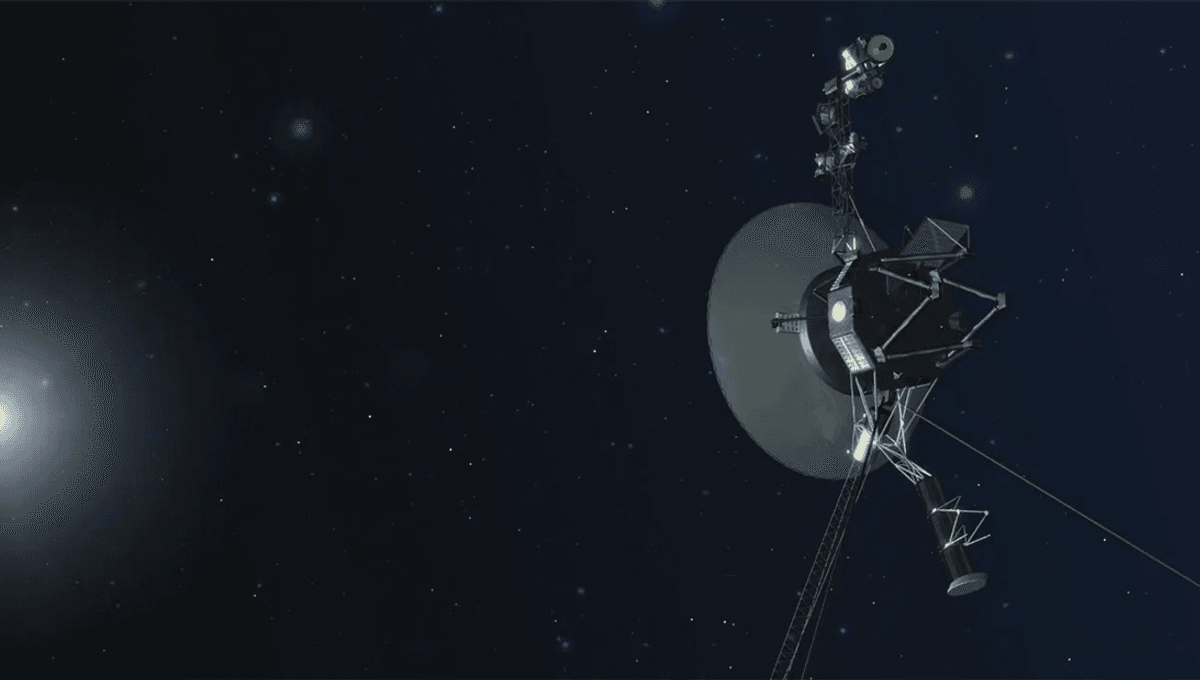
NASA’s Voyager 1 and 2 spacecraft have traveled further away from Earth than any other human-made object, sending back useful science data from the edge of the Solar System. But now, having spent 47 years in space, the spacecraft are showing signs of their age, and coming to the end of their missions.
Problems with Voyager 1 have been well documented, with the craft recently sending back an incomprehensible repeating pattern and needing a change of thrusters, which NASA delivered from 24,630,000,000 kilometers (15,310,000,000 miles) away. Voyager 2 has suffered from similar hiccups, including when a set of commands from Earth briefly (and accidentally) sent the craft pointing two degrees away from Earth.
These problems will only grow over the next few years, as the plutonium-powered systems that power the two spacecraft slowly run out of juice. In order to postpone the moment when the spacecraft become space junk, NASA plans to slowly power down instruments on board.
“The continual decay process means the generator produces slightly less power each year,” NASA explained in 2023. “So far, the declining power supply hasn’t impacted the mission’s science output, but to compensate for the loss, engineers have turned off heaters and other systems that are not essential to keeping the spacecraft flying.”
Unfortunately, the time has now come to turn off one of Voyager 2’s instruments in order to keep other instruments, and Voyager 2 itself, up and running. NASA’s Jet Propulsion Laboratory (JPL) announced that it has now turned off the iconic plasma science instrument, which confirmed that the probe had left the heliosphere and entered interstellar space back in 2018.
While an instrument collecting data in a remote and interesting part of the Solar System is hard to let go of, the team took the decision to power it down in order to keep four other instruments running.
“The plasma science instrument consists of four ‘cups.’ Three cups point in the direction of the Sun and observed the solar wind while inside the heliosphere. A fourth points at a right angle to the direction of the other three and has observed the plasma in planetary magnetospheres, the heliosphere, and now, interstellar space,” NASA JPL explained in a statement.
“When Voyager 2 exited the heliosphere, the flow of plasma into the three cups facing the Sun dropped off dramatically. The most useful data from the fourth cup comes only once every three months, when the spacecraft does a 360-degree turn on the axis pointed toward the Sun. This factored into the mission’s decision to turn this instrument off before others.”
NASA sent the command to Voyager 2 on September 26, with the signal taking a full 19 hours to get there, before a 19-hour wait for a return signal. Voyager continues to operate with four instruments, including the Cosmic Ray Subsystem, a Magnetometer, and a Plasma Wave Subsystem capable of estimating plasma density when eruptions from the Sun take place and drive waves through to the interstellar medium.
While sad to lose an instrument, NASA says the craft should be able to keep running with at least one instrument in working order into the 2030s.
Source Link: NASA Turns Off Iconic Voyager 2 Instrument As Space Probe Loses Power